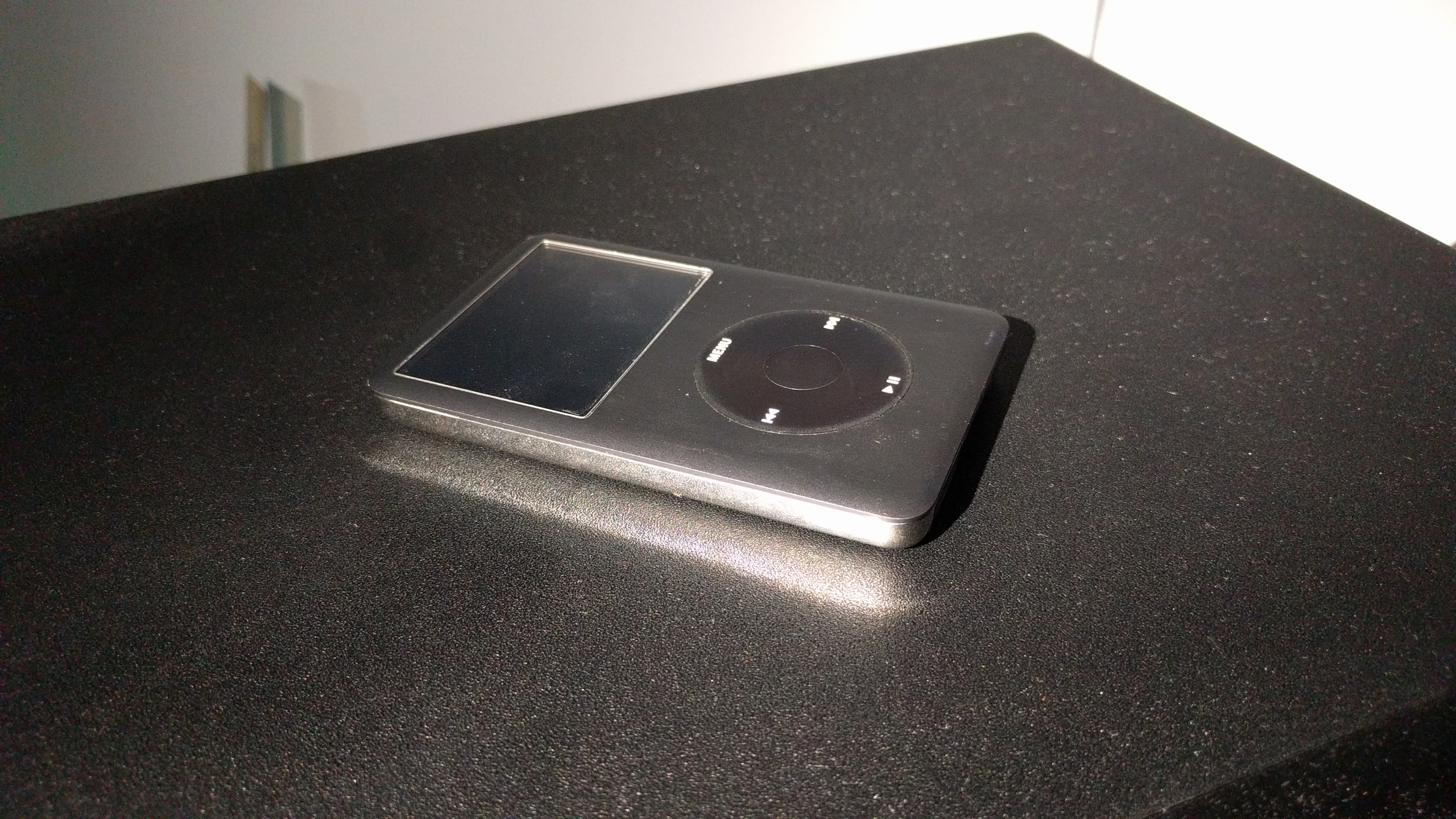Acoustical Isolation vs Acoustical Treatment - What is soundproofing? (Part 1)
In the month of December, let's explore some fundamental differences between acoustical isolation and treatments. I'll start off by answering one of the most commonly asked questions, "does sticking acoustic foams on the wall soundproof your room"? The short answer would be no, and we will take the chance to understand why in this blog series.
Acoustic foams (egg crates) on the wall, Credits Aksa Akustik
What is acoustical isolation?
Acoustical Isolation, commonly referred as “sound proofing” by many, is the work needed to help the acoustical space to isolation itself from its environment, usually with the use of insulating barriers. Simply put, acoustical isolation adjusts the effectiveness of keeping any sounds in and out of the room. When evaluating a place, even if the room has excellent acoustical characteristics (e.g. even low-frequency radiation), if external sounds can intrude the space easily, the room will not worth much. Imagine that you're recording a soft passage in your room, but it is always being interrupted with the barking of a neighbour’s dog (a typical scenario in the heartland of Singapore). The dog now governs the whole working process as you must work around it, possibly resulting in a less efficient process.
Difference between insulation vs. isolation
The distinction between insulation and isolation should also be clarified. A given wall construction, for example, will offer a particular transmission loss to sound travelling through it. This absorptive sound transmission will be referred as insulation. On the other hand, isolation is a general term applying to structures. For instance, the difference between the sound pressure level (SPL) taken inside and outside a studio would be a measure of the isolation of the studio itself. Generally speaking, these acoustically sensitive spaces would desire a high isolation index and we would look into that at the later part of the blog.
In the topic of creating a long-term effective and efficient space for any acoustical work, it is frequently being agreed upon that room with a high rejection of intruding / escaping sounds will be preferred. As sound isolation works require some level of structural modifications to the room, it will be impossible (at least for most of us) to execute these structural changes once your system is up. So, if you have the luxury to work on a room from scratch, sound isolation would be your priority.
Good separation across the full audio spectrum would demand heavy walls, decoupled noise sources and other architectural features. Sadly speaking, there isn’t any "one fits all" solution when it comes to acoustic and most calculations would have some level of tolerances between theory and application. Several factors cause these and just to name a few, material differences, craftsmanship and air humidity can affect the accuracy of calculations.
Sound Transmission Class (STC)
The Sound Transmission Class (STC) Standard rates the sound-blocking ability of a material or structure. The STC is a single-number rating of airborne transmission loss measured at sixteen 1/3 octave band (16 divisions) with centre frequencies ranging from 125Hz to 4000Hz. In summary, the higher the STC value, the greater the sound insulation provided. STC is a reasonable simplified (convenient) measurement standard. Although there are differences between iterations (mainly pre 1999) and it account of transmission loss and not frequency, the STC rating is adequate for one to evaluate and make an informed decision on the sound isolation ability in the room. In short, when comparing a wall rated at STC-30 to STC-42, it is quickly evaluated that the STC-42 wall offers 12 dB more transmission loss than the other.
Sound Transmission Class (STC) ratings
It is without a doubt that every single wall surfaces (e.g. ceiling) can affect the isolation index of the room and how "soundproof" your room will be determined by the weakest link, commonly a "sound leak". To achieve a low noise level in a room, every aspect of the design and construction must be scrutinised. Common leak sources range widely from an unsealed door to window. Simply put, as long as sound can be displaced easily by air, this will exponentially decrease the overall isolation quality even though the rest of the surfaces are treated properly. Hence, it is important to ensure that attention is put on every single surface of the room (don't put all your eggs in one basket) to make sure that the room is properly sealed.
In the next article, we will look at how to survey and evaluate a prospective room.



